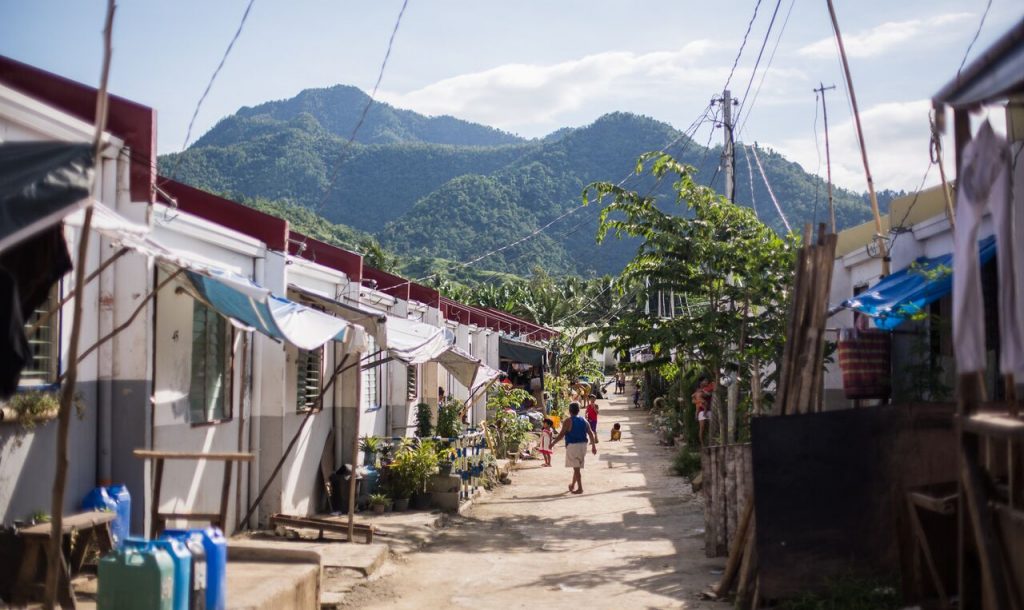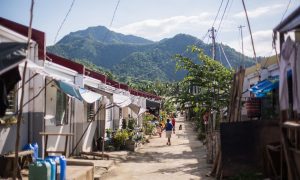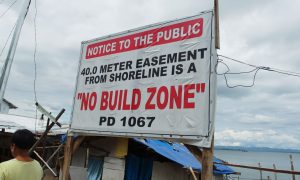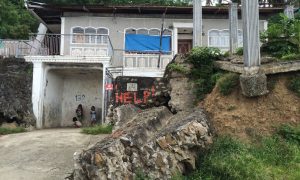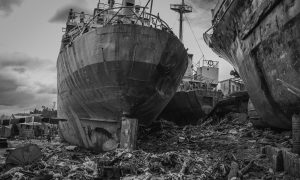It has become a running (and depressing) joke among aid workers that there have been many lessons documented but not learnt since Typhoon Haiyan. After many workshops convened and evaluation reports published are challenging issues about how exactly humanitarian actors can work together.
More to the point, how exactly can humanitarian actors work better in the context where there is a clear disparity of power?
I was part of a research project that examined the digital labour of techie aid workers in the Philippines. One of our major observations relates to the power inequalities between local aid workers and their expatriate colleagues.
Despite local aid workers’ proximity to and knowledge of communities’ priorities and needs, they felt they were “second-class citizens”; unable to exert influence in the projects they handle given the limitations of their role as well as the insecurities caused by their short-term contracts. Issues of funding, leadership style and implementation frameworks were, for the most part, imposed rather than co-designed with local actors.
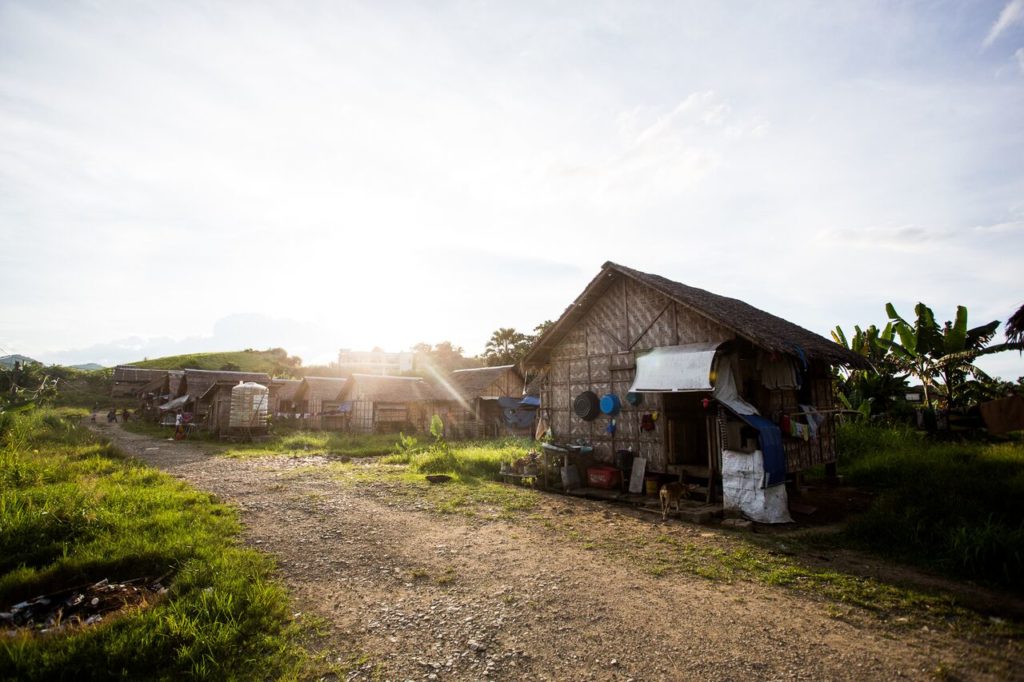
Remaining transitional shelters in Tacloban taken in 2017, four years after Typhoon Haiyan. (Photo: Pamela Combinido)
It is imperative that the sector examines the distorted and distorting relationships between international and local actors during times of crisis. Better disaster response means taking the localisation agenda seriously—to recognise, respect and empower local humanitarian actors to address the needs of communities they know well.
Today, things are getting better. Humanitarian networks in the Philippines have worked towards strengthening locally-led funding mechanisms and collaboration platforms which have made significant strides for the past two years. One example is the On Call Surge Philippines, a platform for national organisations to access a database of local responders with different expertise to respond to emergencies before relying on international experts to fly in. This was proven useful when organisations responded to the Marawi conflict.
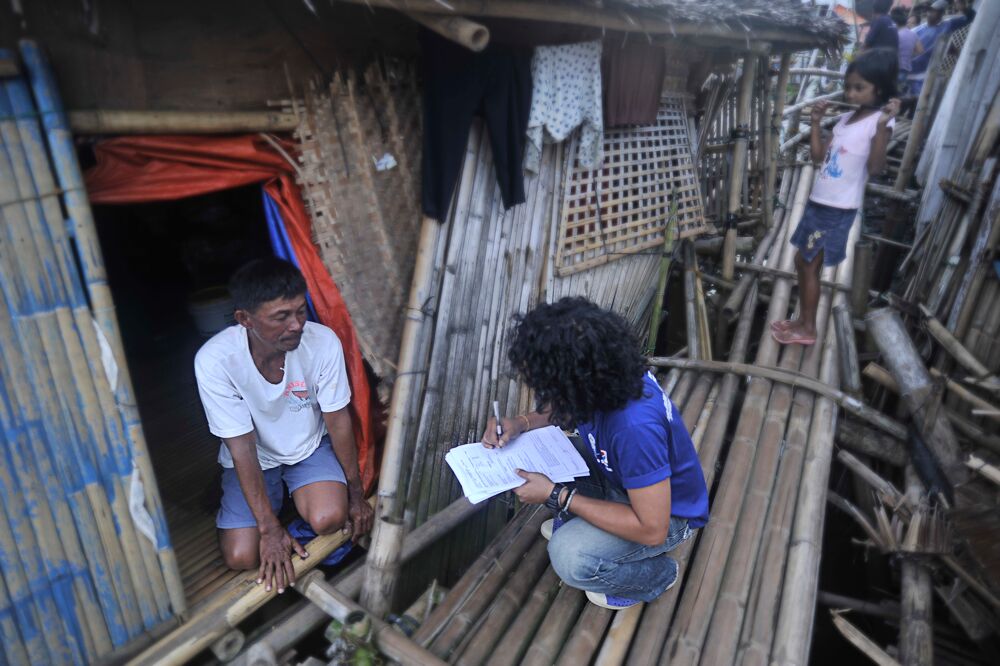
A local aid worker interviews a resident of Roxas City. (Photo: IOM/Alan Motus)
Mainstreaming this will require a strong movement and evidence of capacity from local NGOs to specify the kind of support they are expecting from international NGOs. At the individual level, we also need to think about work arrangements and workers’ voices in relation to the scope of capacity-building that will support and enable them to confidently lead interventions. This is vision is not a pie in the sky, but one that is beginning to gain traction.
 Facebook
Facebook  Twitter
Twitter  Soundcloud
Soundcloud  Youtube
Youtube  Rss
Rss 